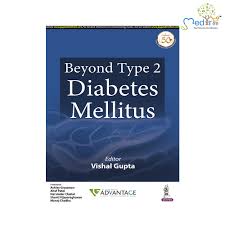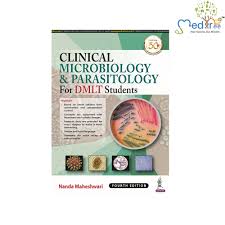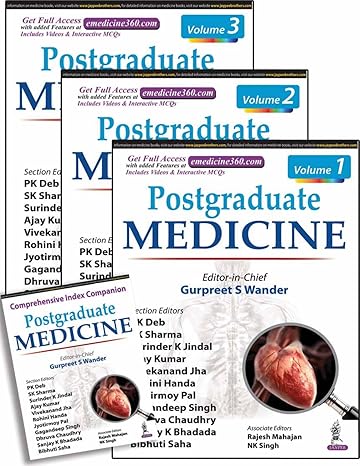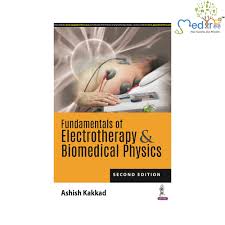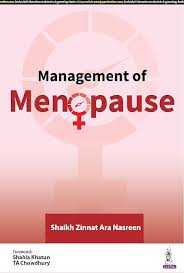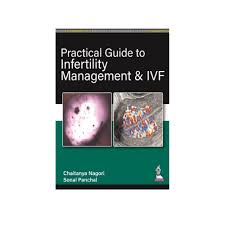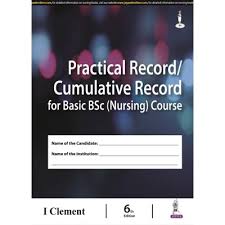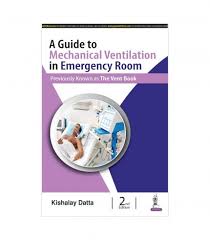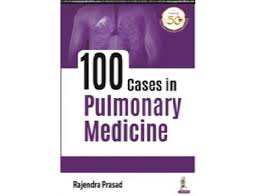Buy Medical Books Online | Medical Book Store in Delhi
Featured Products
Clinical Microbiology & Parasitology for DMLT Students
₹660.25
M.R.P.:₹ 695.00
You Save: ₹34.75 (5.00% OFF)
Fundamentals of Electrotherapy & Biomedical Physics
₹470.25
M.R.P.:₹ 495.00
You Save: ₹24.75 (5.00% OFF)
Practical Guide to Infertility Management & IVF
₹2,845.25
M.R.P.:₹ 2,995.00
You Save: ₹149.75 (5.00% OFF)
Practical Record/Cumulative Record for Basic BSc (Nursing) Course
₹237.50
M.R.P.:₹ 250.00
You Save: ₹12.50 (5.00% OFF)
A Guide to Mechanical Ventilation in Emergency Room
₹945.25
M.R.P.:₹ 995.00
You Save: ₹49.75 (5.00% OFF)


